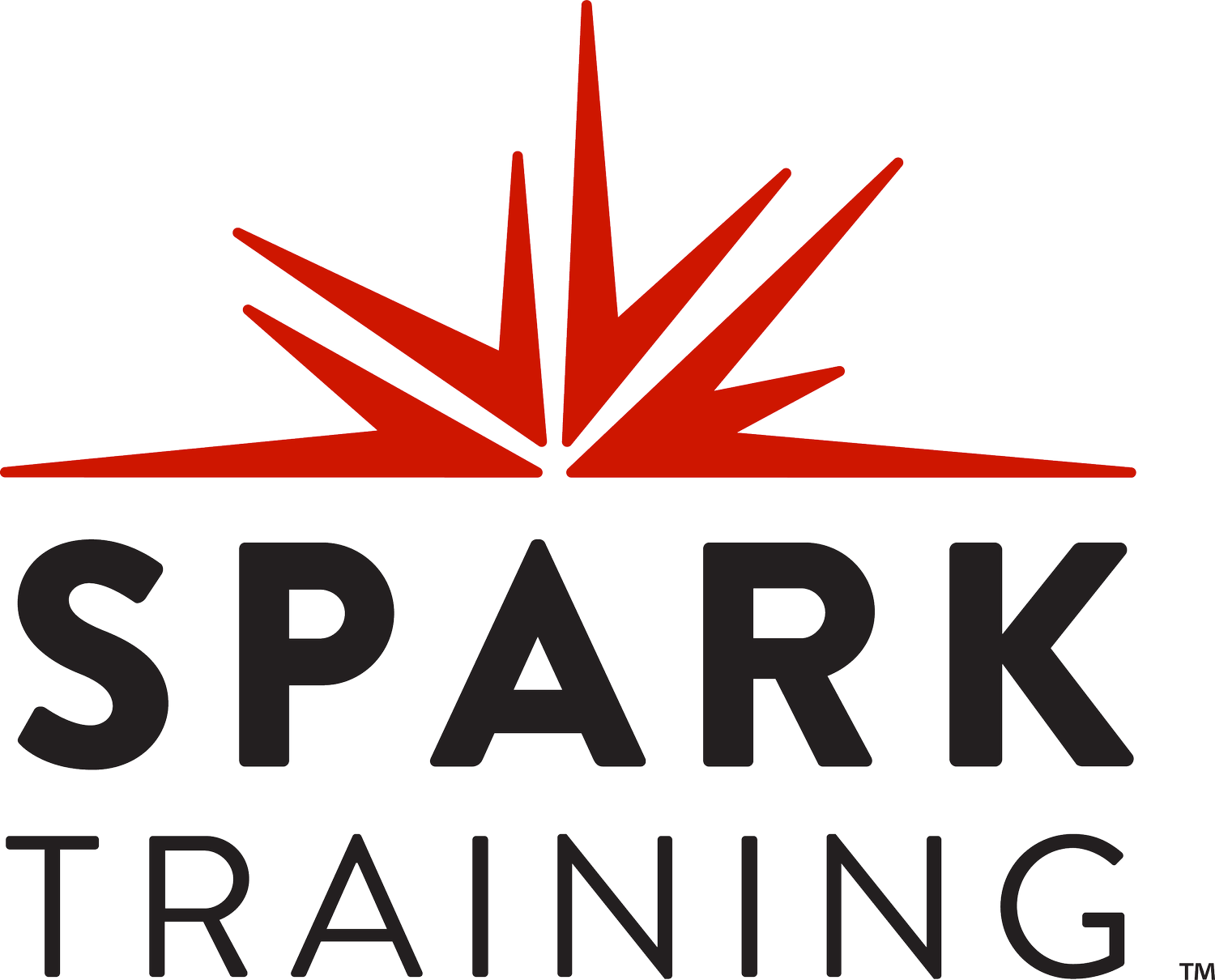5 Elements of an Effective Suicide Prevention Program
The Department of Justice (DOJ) recently outlined new suicide prevention program recommendations for jails. In a December 3rd report, Deputy Attorney General Lisa Monaco announced policy reforms across 5 main objectives and directed over 50 specific actions for federal agencies to take. On the local level, jails should also begin taking action to evaluate and improve suicide prevention programs.
1. Do the ASQ at intake
While many detainees enter jail without accurate health records, screening for suicide risk at intake can shed light on an individual’s history of suicidal thoughts and their current potential for self-harm.
The Ask Suicide Screening Questions (ASQ) tool for Detention Facilities is validated by the National Institute for Mental Health for use in jail and is available in both English and Spanish. Anyone can use the ASQ or place a detainee on suicide watch. The results of the ASQ should be kept in the detainee’s medical record to be shared during transfer. Do the ASQ at intake.
2. One size doesn’t fit all in suicide prevention
Screening and monitoring for suicide risk should take place throughout incarceration. Watch for trigger events and communicate the results of the ASQ to a qualified mental health professional (QMHP).
Suicide precautions are not one-size-fits-all. A QMHP can help determine appropriate care on a case-by-case basis, even if a detainee screens negative for suicide risk. Clinical judgment overrides a negative screen. One size doesn’t fit all in suicide prevention.
3. Defeat apathy
The DOJ points out that policy compliance and efficiency depends on staff taking suicide prevention seriously. Staffing shortages and the chronic stress of the jail environment can lead to burnout and compassion fatigue. The DOJ recommends prioritizing strategies to promote officer wellness, such as
· Targeted recruiting and retention strategies
· Peer support programs
· Wellness training
· Critical incident support programs
It is becoming more common to see state-wide officer wellness checks and training mandates.¹ Defeat apathy and equip staff with the tools they need to be able to prioritize suicide prevention policies.
4. Check the playbook
Evaluate current policies and update those that are out-of-date or noncompliant. Include a review of policies that may not be directly related to suicide prevention, but may influence opportunities for self-injury, such as: contraband control, man down, and evidence recovery procedures.
Suicide prevention policies should outline appropriate monitoring in partnership with the medical and behavioral health care teams. Instructions for monitoring should describe when to do cell checks, exactly how a cell check should be performed, and when to call the doctor. Check the playbook.
5. Data doesn’t lie
Jails should incorporate continuous quality improvement (CQI) programs to gather accurate data and identify trends to inform policy review. For example, a facility that tracks possible suicide attempts may notice a pattern in tie-off points. This information can then be leveraged to review modifications to housing or change the location of suicide watch cells.
CQI data can also inform policy compliance. If a policy calls for hourly monitoring, observation logs can be reviewed to track cell checks. Logs that show less-than-hourly monitoring may indicate noncompliance with monitoring or documentation. Hold CQI meetings to review facility data and inform policy compliance. Data doesn’t lie.
For more information, please contact training@sparktraining.us.
1. Miller, A. & Barnes, Z. (2024). Brief: Enhancing Law Enforcement Safety and Well-Being, National Conference of State Legislatures. https://www.ncsl.org/labor-and-employment/enhancing-law-enforcement-safety-and-well-being.
Disclaimer
All materials have been prepared for general information purposes only. The information presented should be treated as guidelines, not rules. The information presented is not intended to establish a standard of medical care and is not a substitute for common sense. The information presented is not legal advice, is not to be acted on as such, may not be current, and is subject to change without notice. Each situation should be addressed on a case-by-case basis. When in doubt, send them out!®























